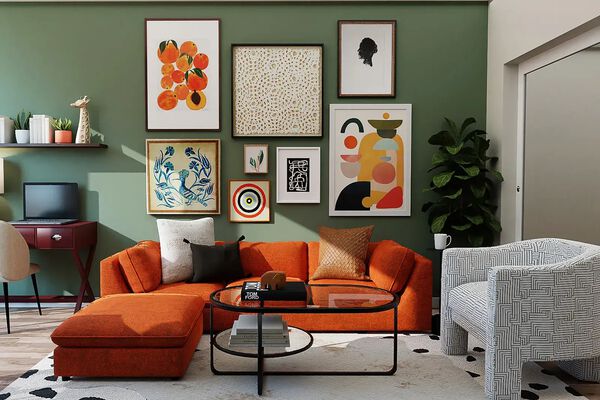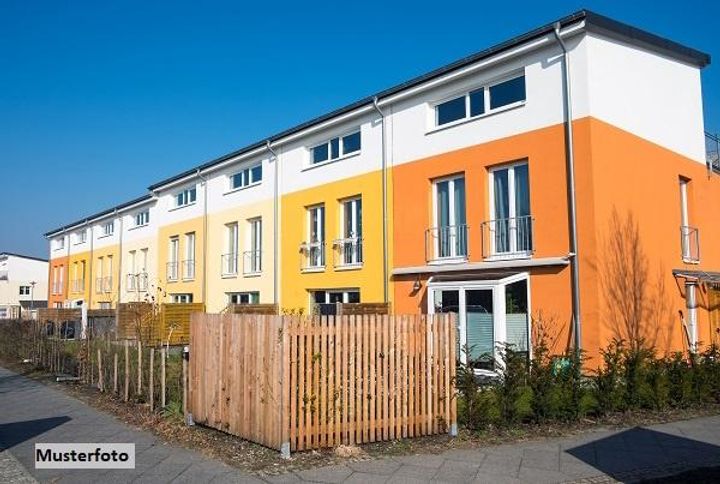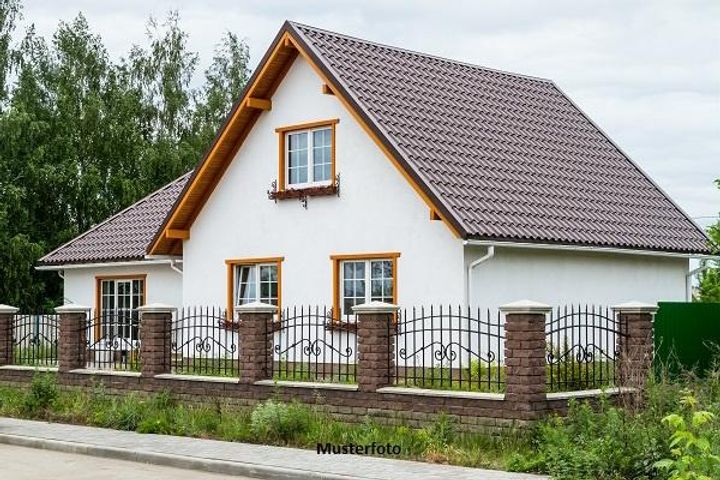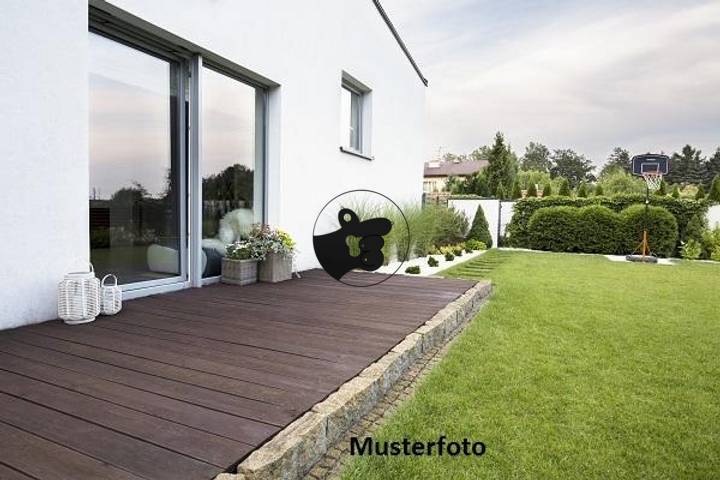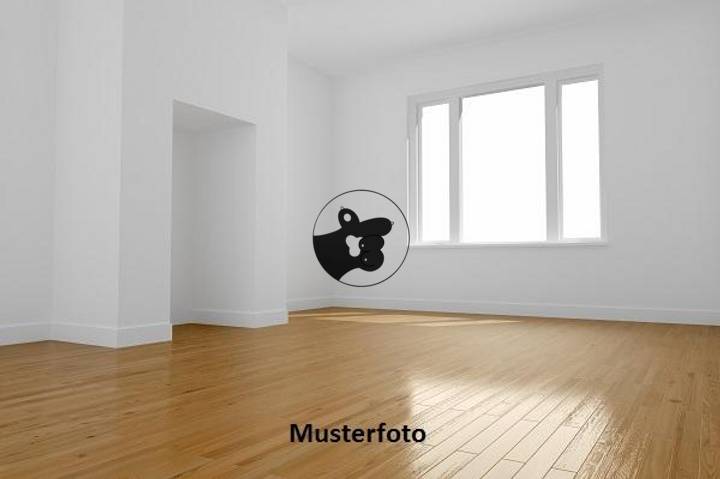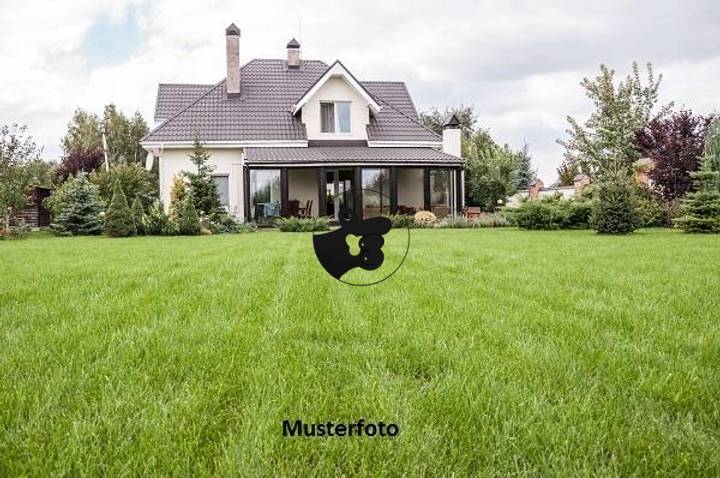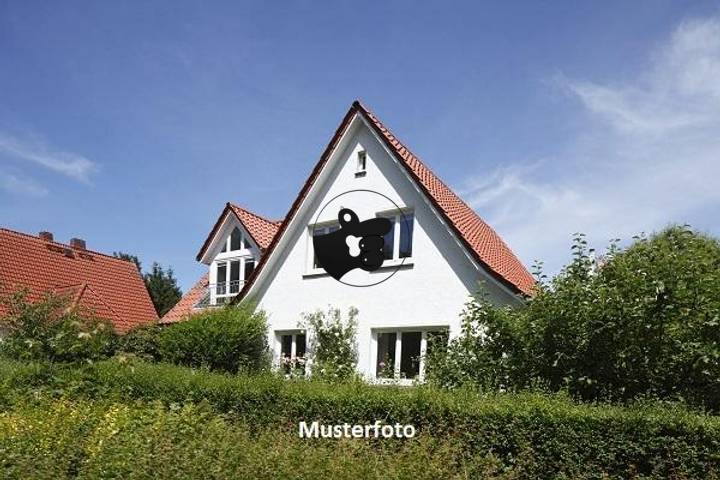Several factors significantly impact real estate prices in Halle, Germany. The local economy plays a crucial role; for instance, the presence of reputable institutions such as the Martin Luther University of Halle-Wittenberg contributes to demand, as students and faculty seek housing. Additionally, the area's infrastructure, including public transport options like trams and buses, can enhance property values; neighborhoods with easy access to these services often see higher prices. The condition and age of the properties also matter; newly renovated homes tend to attract premium pricing compared to older, less updated ones. Furthermore, demographic trends, such as an influx of young professionals drawn by job opportunities, can drive up demand and therefore prices in sought-after districts like the city center or along the Saale River. Local amenities, such as parks and shopping centers, also play a role; areas with rich communal facilities often witness more robust real estate markets. Finally, broader economic factors, including interest rates and housing supply versus demand, further influence market dynamics in Halle.
Halle
Location
Price Range
Any price
Price Range
Minimum
No min
Maximum
No max
Property type
Show all
Property type
Show all
House
Apartment
Building
Other
Bedrooms
Any beds
Bedrooms
Minimum
No min
Maximum
No max
Surface Range
Any surface
Surface Range
Minimum
No min
Maximum
No max
Sale type
For sale
Sale type
Show all
To rent
For sale
Location
Apartments and houses for sale in Halle
6 results
Recent
Halle insights
| Aspect | Summary |
|---|---|
| Population | 236,000 |
| Average Property Price | €2,200 per square meter |
| Rental Yield | 5.5% |
| Average Rent | €8.50 per square meter |
| Occupancy Rate | 92% |
| Capital Growth Rate | 3.2% annually |
| Property Tax | 3.5% of assessed value |
| Transaction Costs | around 7-10% |
| Expected ROI | 6-8% including appreciation |
| Economic Growth Impact | Moderate growth, influenced by local industry and universities |
Halle FAQ
What factors influence real estate prices in Halle?
How do real estate prices in Halle compare to nearby cities?
Real estate prices in Halle, Germany, are generally lower than those in nearby cities such as Leipzig and Dresden. While Leipzig has experienced a significant increase in demand over the past few years, driving its average property prices up to around €3,000 per square meter in desirable neighborhoods, Halle offers a more affordable market, with prices averaging about €2,000 to €2,500 per square meter. In Dresden, the trend is similar, where prices can range from €2,500 to €3,500 per square meter, influenced by its historical charm and proximity to the Elbe River. Halle attracts interest due to its growing university presence and cultural offerings, yet it remains a more budget-friendly option for both renters and buyers compared to its larger counterparts. As such, while both cities boast attractive amenities and a vibrant atmosphere, the cost of living and property acquisition in Halle continues to be more accessible.
What is the average price per square meter for homes in Halle?
As of late 2023, the average price per square meter for homes in Halle, Germany, varies significantly based on the neighborhood and type of property. In more central areas like the city center, prices can reach around €2,500 to €3,000 per square meter, reflecting the demand for accessible amenities and public transport. Conversely, in more suburban districts, such as Dölau or Paulusviertel, prices might dip to approximately €1,500 to €2,200 per square meter, making them more appealing for families and first-time buyers. Additionally, the market for historical buildings and renovated old apartments can command higher prices, often exceeding €3,500 per square meter, especially in well-preserved areas. Various factors, including property age, condition, and proximity to services, contribute to these price variations.
Are real estate prices in Halle increasing or decreasing?
In recent months, real estate prices in Halle have shown a notable trend of increase, largely driven by a combination of growing demand and limited supply. The city, with its attractive amenities and proximity to Leipzig, has become a popular choice for families and young professionals. For instance, the average price per square meter for apartments has risen, reaching around €3,000 in some neighborhoods, up from approximately €2,600 just a year prior. Similarly, single-family homes have seen an uptick, with prices now averaging around €4,500 per square meter in desirable areas like the city center and Giebichenstein. Several factors contribute to this rise, including ongoing urban development projects and an influx of new residents seeking more affordable housing options compared to major urban centers like Berlin. However, some experts suggest that this trend may vary across different districts, with certain areas experiencing stagnation or even slight declines due to an oversupply of specific property types.
What types of properties are the most expensive in Halle?
In Halle, the most expensive properties tend to be located in well-established neighborhoods such as the historic city center and areas like the Paulusviertel and Kröllwitz. These regions feature charming architectural styles, with properties often dating back to the 19th century, showcasing ornate facades and high ceilings that attract affluent buyers. Luxurious apartments in renovated Gründerzeit buildings draw particular interest, with prices climbing significantly for those with modern amenities while retaining original features. Additionally, waterfront properties along the Saale River are highly sought after, offering picturesque views and outdoor spaces. Detached homes with gardens, especially in more suburban zones like Dölau and Bruckdorf, also command high prices, particularly if situated near parks or other recreational areas. The combination of historical significance, architectural charm, and prime locations contributes to their elevated market values.
How do seasonal trends affect real estate prices in Halle?
Seasonal trends play a significant role in influencing real estate prices in Halle, with distinct patterns observed throughout the year. During spring and summer months, typically from March to August, the market sees an uptick in activity as families prefer to move when school is out and the weather is favorable. This heightened demand can lead to increased competition for homes, resulting in higher prices. For instance, a property that might list for €300,000 in late winter may see offers surpassing this amount as buyers rush to secure homes before the school year begins. Conversely, in the fall and winter months, demand generally decreases, and properties may sit on the market longer, prompting sellers to reduce prices to attract buyers. A notable example can be seen in Halle during the late fall when inventory often surpasses demand, pushing down prices for listings that remain unsold from the busier months. Additionally, certain local events or festivals can influence purchase decisions, as buyers may seek properties near cultural hotspots or amenities that enhance their lifestyle, which can temporarily boost prices in specific neighborhoods during those periods.
What is the impact of local amenities on real estate prices in Halle?
Local amenities significantly influence real estate prices in Halle by enhancing the desirability of neighborhoods. Proximity to public transport, such as the tram lines connecting various districts, can lead to higher property values, as residents appreciate the convenience of commuting. Additionally, the presence of well-rated schools in areas like the Paulusviertel tends to attract families, driving up demand for housing in those neighborhoods. Recreational facilities, such as parks and sports complexes, also play a role; for example, properties near the Stadtpark often command a premium due to the appeal of green spaces. Commercial amenities, including grocery stores, restaurants, and cafes, bolster local economies and further entice buyers, with neighborhoods like the Altstadt experiencing a visible uptick in housing prices due to their vibrant local scenes. Lastly, the impact of cultural amenities, such as galleries and theaters, is evident in areas like the Kleine Ulrichstraße, where property values can be higher due to the artistic character and life these amenities bring to the community.

